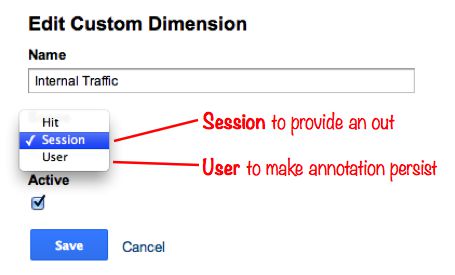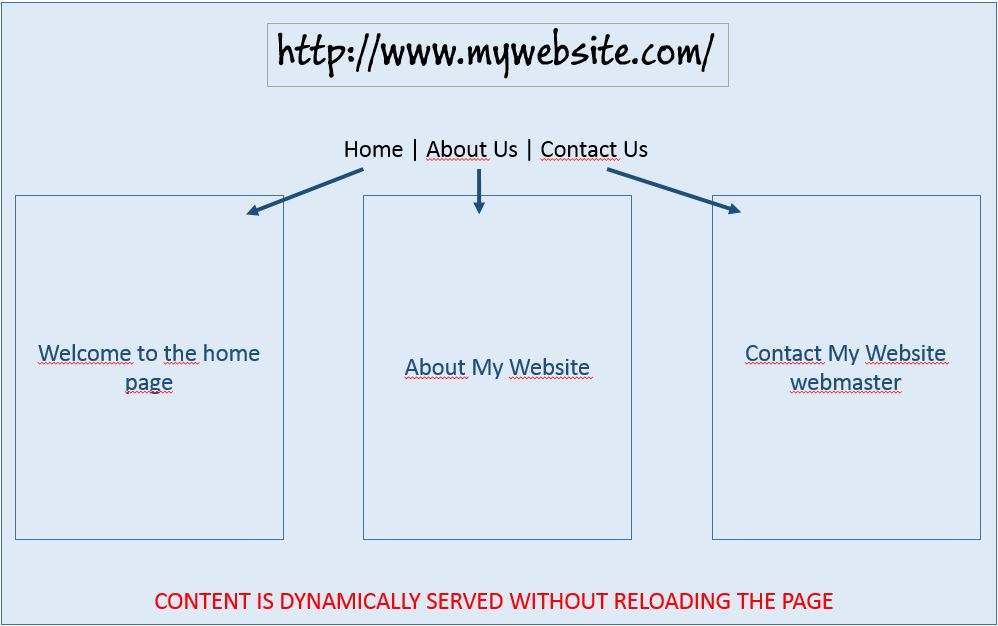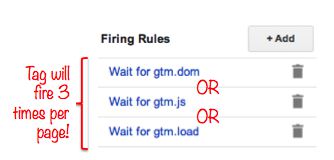(Last updated June 2014) This post is an attempt at a whole new level of interaction. These words will transcend the barriers of time and space, bridging together the physical world and its digital counterpart. You see, in an undisclosed number of hours after the publishing of this blog post, I will be talking at the MeasureCamp unconference on this very subject. Or, I hope I will. The whole unconference thing is somewhat confusing, and it involves lighting-fast reflexes and street smarts for slot selection; traits which I sadly lack.







